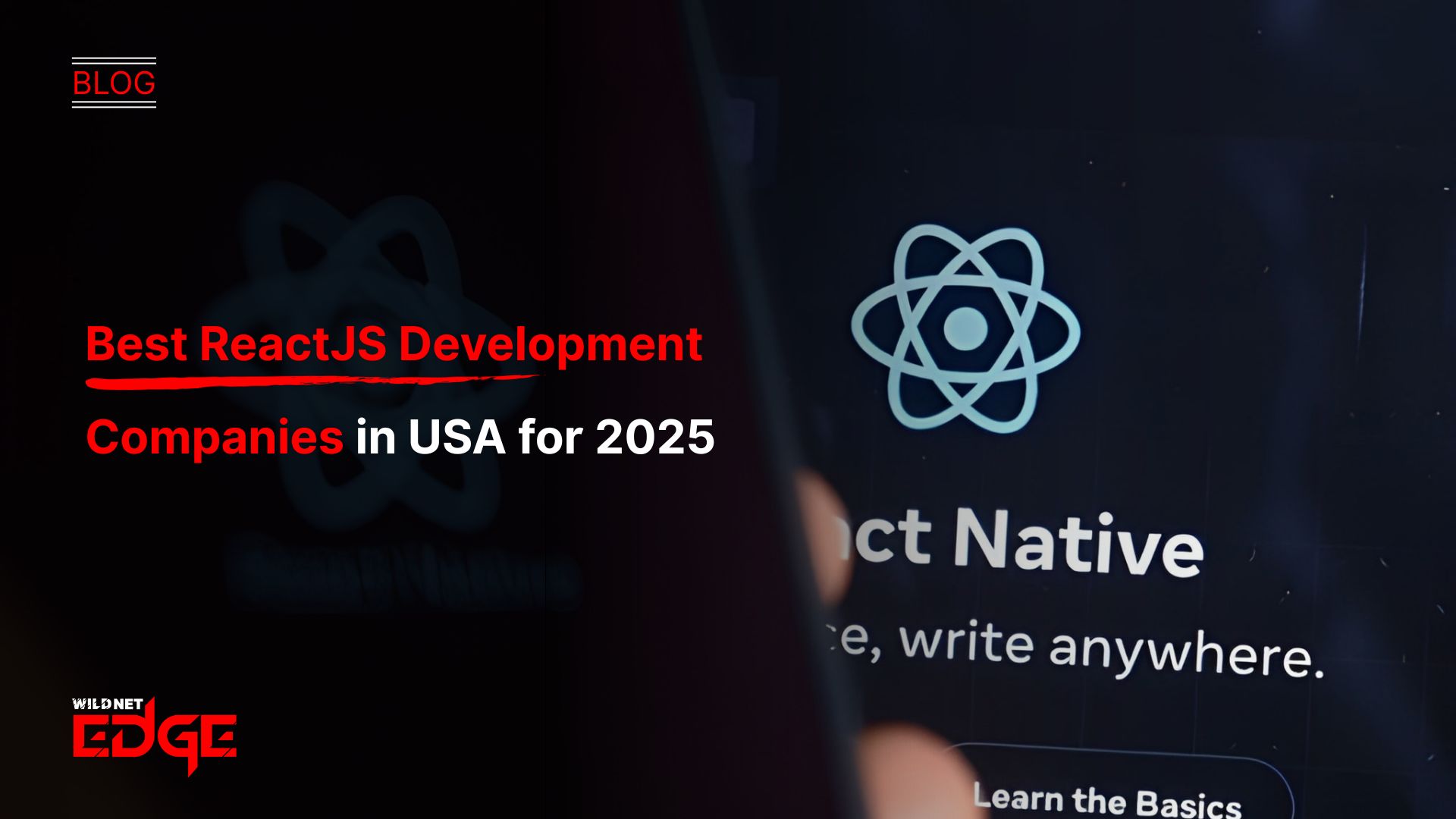With billions of active devices worldwide, the Android ecosystem represents a colossal opportunity for businesses to connect with a global audience. But the platform is not static. It is a dynamic, rapidly evolving environment where new technologies, user expectations, and design paradigms emerge every year. For any business looking to build a successful mobile presence, simply having an Android app is no longer enough. To capture and retain users in 2025, your application must be modern, performant, and built on a foundation of cutting-edge best practices.
Staying current with the latest Android app development trends is not just a technical exercise for developers; it is a strategic imperative for business leaders and product managers. The choices you make about your technology stack and development approach will have a direct and lasting impact on your app’s performance, your team’s efficiency, and your ability to innovate faster than the competition. This guide will explore the most significant trends shaping the Android landscape today.
What Are the Key Android App Development Trends for 2025?
The overarching theme for Android development in 2025 is a definitive shift toward a more modern, efficient, and intelligent way of building apps. The trends are all interconnected, pushing developers to write cleaner code, build more beautiful and responsive user interfaces, and leverage the power of artificial intelligence directly on the device. Gone are the days of clunky, boilerplate-heavy Java code and rigid XML layouts. The modern Android development world is defined by Kotlin, declarative UI, and a rich ecosystem of tools designed to accelerate the creation of high-quality applications.
Trend 1: The Continued Dominance of Kotlin
Years after Google declared its “Kotlin-first” approach for Android, the language has firmly established itself as the undisputed standard for modern Android development. Very few new projects are started in Java today, and for good reason. Kotlin offers a host of powerful features that lead to faster development and more stable applications. Its concise syntax means developers can achieve the same results with significantly less code, and its built-in null safety features eliminate one of the most common sources of app crashes.
The evolution of Kotlin is a trend in itself. The rise of Kotlin Multiplatform (KMP) is particularly noteworthy. KMP is an advanced technology that allows developers to write and share business logic (like data handling, analytics, and API calls) in a common Kotlin module that can be used by both an Android app and an iOS app. This allows for the “best of both worlds” approach: you get the code-sharing efficiency of cross-platform development for your business logic, while still being able to build a fully native, no-compromise user interface for each platform. The growth of KMP is one of the most exciting developments for building modern Kotlin apps. For businesses looking to build a robust, native experience, partnering with a Custom Mobile App Development Company that specializes in Kotlin is the key to success.
Trend 2: Declarative UI with Jetpack Compose
For over a decade, Android UI design was done using an imperative approach with XML layouts. This process was often verbose, error-prone, and made it difficult to build complex, dynamic user interfaces. That has all changed with the rise of Jetpack Compose, Google’s modern, declarative UI toolkit. This represents the single biggest shift in how Android UIs are built since the platform’s inception.
A declarative approach is fundamentally simpler. Instead of writing a step-by-step set of instructions to manipulate the UI, you simply describe what the UI should look like in its current state, and Compose takes care of the rest. This leads to a massive reduction in boilerplate code, a more intuitive development process, and a more reactive UI that automatically updates when the underlying data changes. Jetpack Compose has rapidly moved from a new, experimental tool to a core best practice for modern Android UI design. Any forward-thinking Android App Development Company is now building with a Compose-first mindset.
Trend 3: The Integration of On-Device AI and Machine Learning
Artificial intelligence is no longer confined to powerful cloud servers. One of the most significant Android app development trends is the integration of AI and machine learning (ML) features that run directly on the user’s device. Google has invested heavily in making this accessible to developers through powerful tools like TensorFlow Lite and ML Kit.
This enables a new class of intelligent applications that can perform amazing feats without needing a constant internet connection. Practical examples include:
- Smart Camera Features: Real-time object recognition, image classification, or applying artistic filters to a live camera feed.
- Natural Language Processing: In-app, real-time text translation, voice command recognition, or smart replies for messaging apps.
- Enhanced Personalization: An app that can learn a user’s habits and proactively suggest content or actions based on their on-device behavior.
Integrating on-device AI creates a faster, more responsive, and more privacy-friendly user experience, as sensitive data does not need to be sent to the cloud for processing.
Trend 4: Designing for a Multi-Device, Large-Screen World
The Android ecosystem is no longer just about traditional smartphones. The market for foldable devices, tablets, and even Chromebooks that run Android apps is growing rapidly. This means that a successful app in 2025 must be able to adapt its layout to a wide variety of screen sizes and aspect ratios.
This has put a renewed focus on adaptive Android UI design. Developers can no longer build a static, fixed-size layout. They must create responsive user interfaces that can gracefully reflow and reorganize themselves to provide an optimal experience, whether the user is on a small phone, a large foldable tablet, or a laptop. This “large-screen-ready” approach is a key indicator of a high-quality, modern Android application.
Trend 5: A Look at Modern Android App Frameworks
The term “framework” can mean different things in the Android world. While native development is the primary focus, it’s important to understand the broader landscape of Android app frameworks.
The most important “framework” for native developers today is Google’s own Jetpack suite. Jetpack is not a single, monolithic framework, but rather a collection of over 100 curated libraries, tools, and best practice guides. These libraries help developers with common, complex tasks like database management (Room), background processing (WorkManager), and app navigation (Navigation Component), allowing them to focus on building the unique features of their app.
Of course, the discussion of Android app frameworks also includes the major cross-platform options, Flutter and React Native. These frameworks remain a popular choice for their efficiency benefits, allowing businesses to build both iOS and Android apps from a single codebase. The choice between native and cross-platform depends entirely on the specific goals of the project.
Conclusion
The Android development landscape in 2025 is a vibrant and exciting place. The overarching trends all point toward a future of app development that is faster, more efficient, more declarative, and significantly more intelligent. By embracing modern tools like Kotlin and Jetpack Compose, developers can build higher-quality applications in less time. And by leveraging the power of on-device AI, they can create experiences that are more personalized, helpful, and engaging than ever before.
At Wildnet Edge, we believe the most transformative of all Android app development trends is the deep integration of artificial intelligence. Our AI-first approach focuses on building Android apps that are not just functional but are intelligent at their core. We leverage modern Android app frameworks and tools to create smart, predictive, and personalized experiences. We build systems that can learn from user behavior to deliver a truly adaptive interface, creating the next generation of mobile applications that feel less like static tools and more like intelligent partners.
FAQs
Kotlin is the official and primary language for modern Android app development. While Java is still supported, virtually all new development, and all of Google’s official recommendations and libraries, are “Kotlin-first”.
Jetpack Compose is Google’s modern, declarative UI toolkit for building native Android UIs. It allows developers to build their app’s user interface with less code, powerful tools, and intuitive Kotlin APIs, making the entire process of Android UI design faster and more efficient.
While it depends on your target audience, it is highly recommended. The market for large-screen Android devices is growing, and users expect a high-quality experience on every device they own. An app that is not optimized for large screens will feel dated and unprofessional.
Yes, for new development, Kotlin apps are generally considered better. The language is more concise, safer (due to its handling of null references), and has modern features like coroutines for asynchronous programming. This leads to faster development and more stable, reliable applications.
For native development, the “framework” is the combination of the official Android SDK and Google’s Jetpack library suite. For cross-platform development, the most popular frameworks for building Android apps are Flutter and React Native.

Nitin Agarwal is a veteran in custom software development. He is fascinated by how software can turn ideas into real-world solutions. With extensive experience designing scalable and efficient systems, he focuses on creating software that delivers tangible results. Nitin enjoys exploring emerging technologies, taking on challenging projects, and mentoring teams to bring ideas to life. He believes that good software is not just about code; it’s about understanding problems and creating value for users. For him, great software combines thoughtful design, clever engineering, and a clear understanding of the problems it’s meant to solve.
 sales@wildnetedge.com
sales@wildnetedge.com +1 (212) 901 8616
+1 (212) 901 8616 +1 (437) 225-7733
+1 (437) 225-7733































